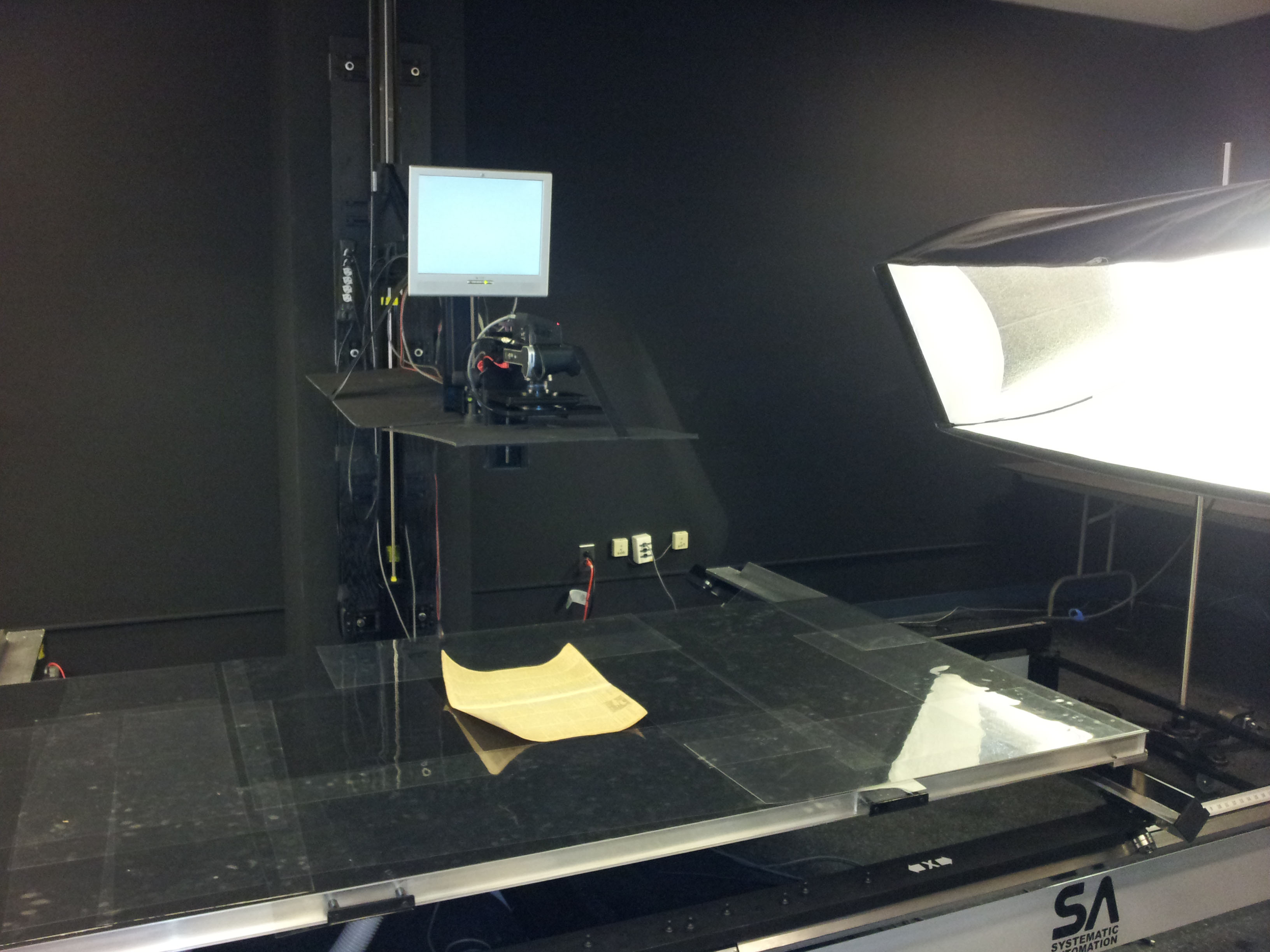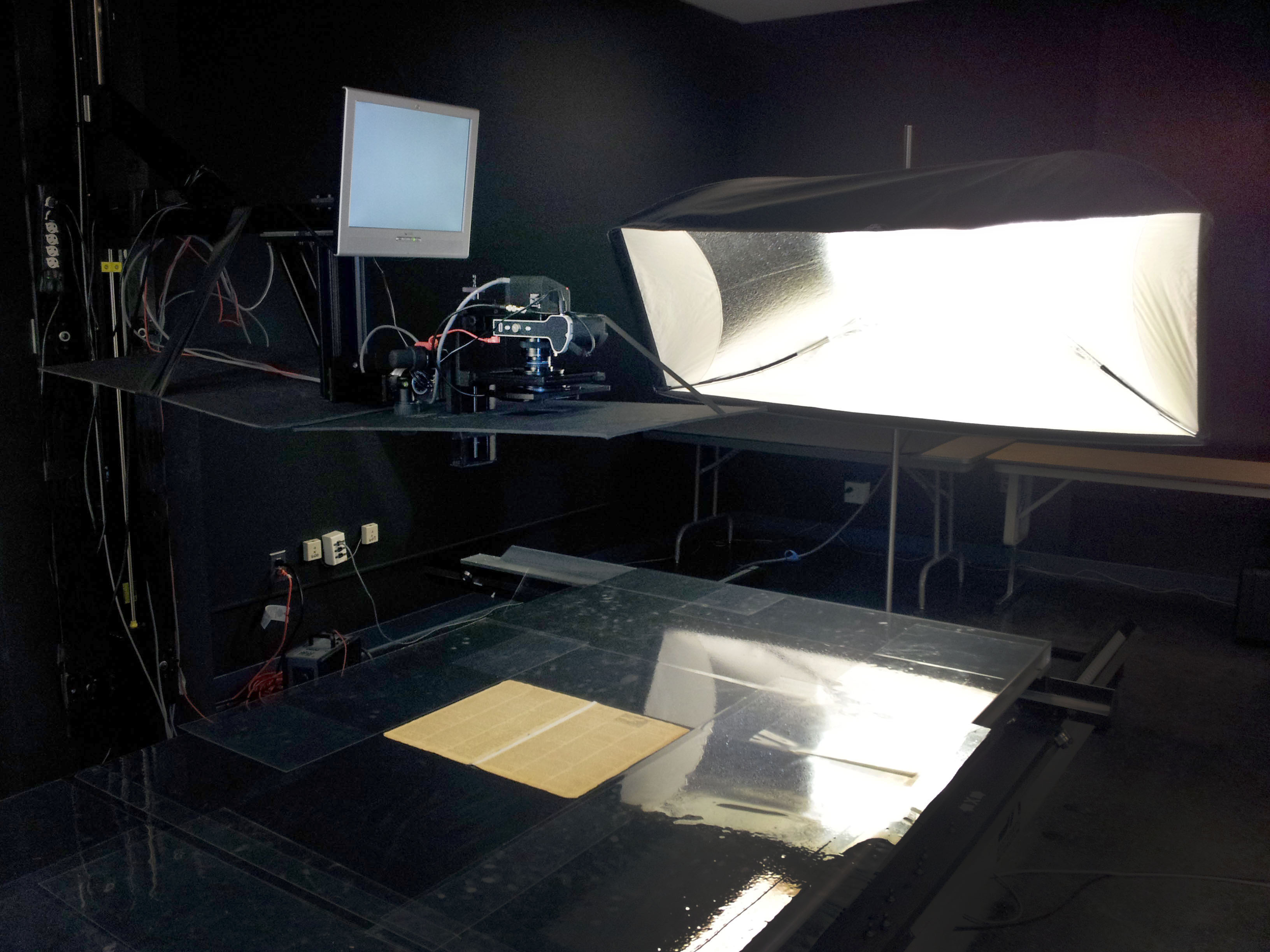By Kathleen Barker, Education Department
Although it’s only early November, program planning for the winter and spring of 2013 is well under way here in the Education Department. The MHS will be offering an interesting mix of public programs in the coming months, including concerts, author talks, a walking tour, and even a dramatic reading! Even as we experiment with different program formats, however, we always remember to ask ourselves how we can shine a spotlight on the Society’s unique resources and assets. In addition to our amazing collections, the MHS also employs a phenomenal staff with connections to an engaging array of historians, public figures, artists, and others who make use of history in their work. How can we tap into this deep pool of historical enthusiasm? What is the best way to connect all of these fantastic people with our public program audiences? We’ve come up with a few ideas, but we’d love to hear what YOU think.
One program we will pilot in 2013 is modeled after something we’ve tried at our annual fundraiser, “Cocktails with Clio.” At each of the past two events, the Society’s President has interviewed a prominent historian as part of the evening’s entertainment. We’d like to build on this format and develop an entire series of discussion-based programs that feature historians working on intriguing projects.
So … who is your favorite historian? Who would you like to converse with at the MHS? Along the same lines, we’re also on the lookout for non-historians who could comment on how history affects their work. Jurists, for example, could discuss how they use history to frame their responses to current court cases, while city planners could explain how they engage with the past while planning for the future. Are there other “opinion makers” you’d like to see at the MHS? Use the comment form below to let us know!
Of course, writers and artists use history in their work all the time, and we’re excited to offer several prominent examples of historically minded creations this spring. In February, for example, we will host author William Martin, who will share the experience of writing his latest book, The Lincoln Letter, a work of historical fiction that takes readers on a an adventure through Civil War Washington. In May, we will bring our collections to life in song and theater. Local playwright Rob Velella will join us for a dramatic reading that explores the friendship between Charles Sumner and Henry Wadsworth Longfellow. His performance is based on the letters, journals, and other documents created by both men. Later in the month, Berklee Professor of Music Education Peter Cokkinias brings his Boston Saxophone Quartet to MHS. The group will perform music from the era of the American Civil war and provide historical commentary on songs that our audience will be sure to recognize. Are you ready to sing along?
Now that you’re all excited about 2013, don’t forget that we have some nifty programs coming up in November and December. Be sure to visit our web calendar often for more information about programs on the horizon.


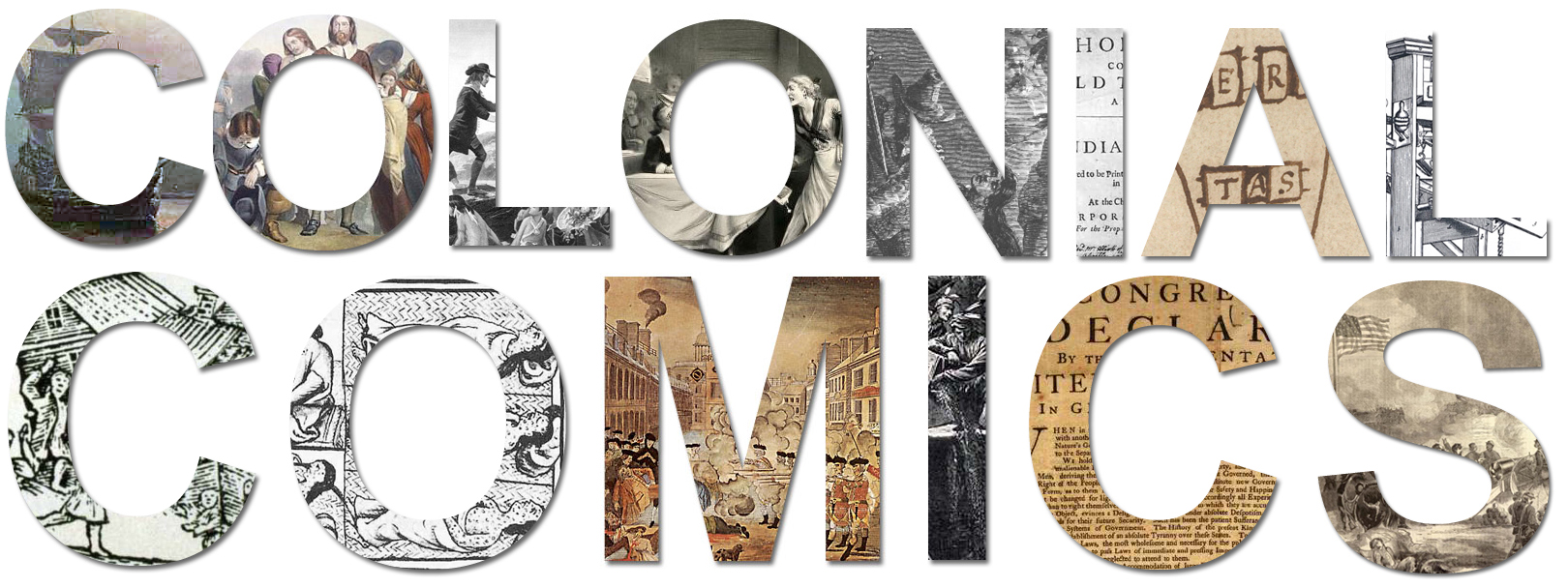
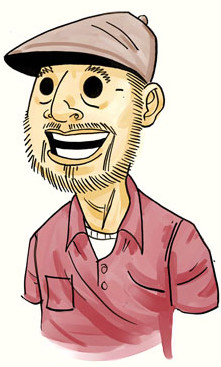 and The Little Particle That Could. His books have been nominated for eight Harvey Awards honoring excellence in the comics industry and a Will Eisner Comic Industry Award. Rodriguez’s current project editing graphic novels about colonial New England brought him to the Massachusetts Historical Society last week. He took the time to answer a few Beehive questions about comics, history, and what to expect from the coming historical graphic novels.
and The Little Particle That Could. His books have been nominated for eight Harvey Awards honoring excellence in the comics industry and a Will Eisner Comic Industry Award. Rodriguez’s current project editing graphic novels about colonial New England brought him to the Massachusetts Historical Society last week. He took the time to answer a few Beehive questions about comics, history, and what to expect from the coming historical graphic novels.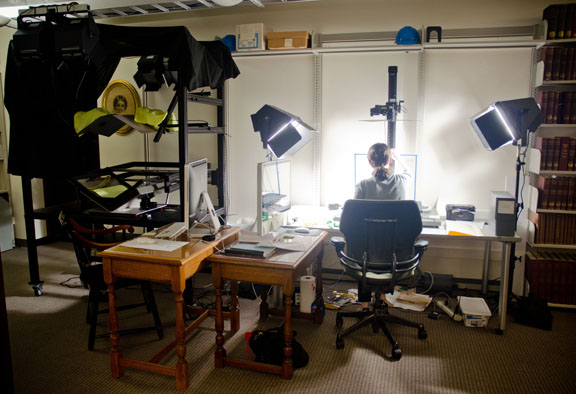 to supply somewhere in the neighborhood of 55,000 manuscript pages to a forthcoming multi-archive digital publication, China, America and the Pacific: Trade and Cultural Exchange. Adam Matthew has contracted, in turn, with Luna Imaging in Los Angeles to do the scanning. In late August, Luna shipped all of the equipment shown here and sent a representative to install and test it and train a scanning technician. The technician, shown here, is now hard at work scanning correspondence, account books, ships’ logs, and letterbooks from multiple collections, including the extensive Forbes Family Papers. Other highlights of the final product, scheduled for release in late 2013, will include the manuscript of Richard Henry Dana’s seminal work, Two Years Before the Mast, and Robert Haswell’s log of the Columbia-Rediviva, the first vessel to circumnavigate the globe
to supply somewhere in the neighborhood of 55,000 manuscript pages to a forthcoming multi-archive digital publication, China, America and the Pacific: Trade and Cultural Exchange. Adam Matthew has contracted, in turn, with Luna Imaging in Los Angeles to do the scanning. In late August, Luna shipped all of the equipment shown here and sent a representative to install and test it and train a scanning technician. The technician, shown here, is now hard at work scanning correspondence, account books, ships’ logs, and letterbooks from multiple collections, including the extensive Forbes Family Papers. Other highlights of the final product, scheduled for release in late 2013, will include the manuscript of Richard Henry Dana’s seminal work, Two Years Before the Mast, and Robert Haswell’s log of the Columbia-Rediviva, the first vessel to circumnavigate the globe A French citizen, Lafayette began his career as a musketeer in the king’s regiment and married into a wealthy, well-connected French family. The reports of Americans fighting for liberty moved him, and in 1777 he bought a ship and sailed for America. Upon arrival, Lafayette earned an honorary commission as major general in the Continental Army. Gen. George Washington became his mentor, and Lafayette was devoted to him. Lafayette earned fame for his courage on the battlefield, and he used his family connections to obtain crucial material aid from France for the American cause. His support for the Revolution, especially as a foreigner, captured the imagination and admiration of Americans. He was beloved in the United States for the rest of his life.
A French citizen, Lafayette began his career as a musketeer in the king’s regiment and married into a wealthy, well-connected French family. The reports of Americans fighting for liberty moved him, and in 1777 he bought a ship and sailed for America. Upon arrival, Lafayette earned an honorary commission as major general in the Continental Army. Gen. George Washington became his mentor, and Lafayette was devoted to him. Lafayette earned fame for his courage on the battlefield, and he used his family connections to obtain crucial material aid from France for the American cause. His support for the Revolution, especially as a foreigner, captured the imagination and admiration of Americans. He was beloved in the United States for the rest of his life. Lafayette’s legacy is apparent in the Society’s collections, which include correspondence, artifacts, and memorabilia from the time of the American Revolution and his celebrated return trip to the States in 1824-1825. The portrait gallery also features Jospeh Boze’s well-known portrait of Lafayette. Thomas Jefferson commissioned this work for his gallery of American heroes in honor of Lafayette’s contributions to the American Revolution. The portrait depicts Lafayette at the pinnacle of his career. He wears the uniform of the French National Guard and a confident expression as he gazes off into the distance. Even at 255, he still looks good. A happy birthday to him.
Lafayette’s legacy is apparent in the Society’s collections, which include correspondence, artifacts, and memorabilia from the time of the American Revolution and his celebrated return trip to the States in 1824-1825. The portrait gallery also features Jospeh Boze’s well-known portrait of Lafayette. Thomas Jefferson commissioned this work for his gallery of American heroes in honor of Lafayette’s contributions to the American Revolution. The portrait depicts Lafayette at the pinnacle of his career. He wears the uniform of the French National Guard and a confident expression as he gazes off into the distance. Even at 255, he still looks good. A happy birthday to him.